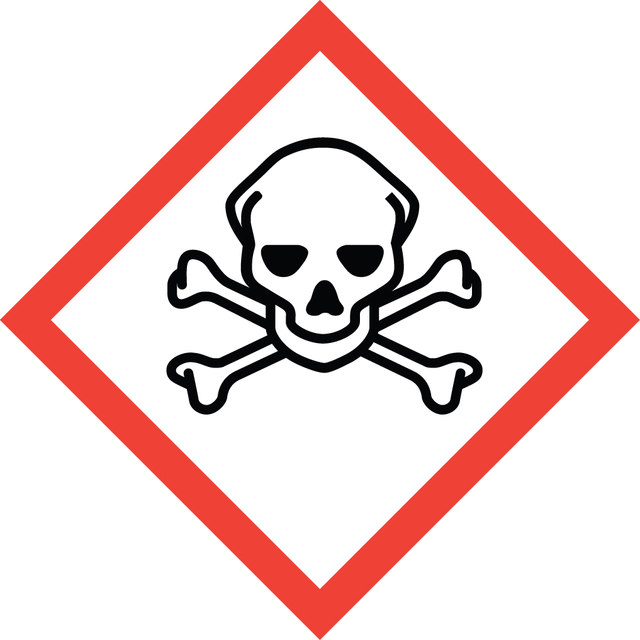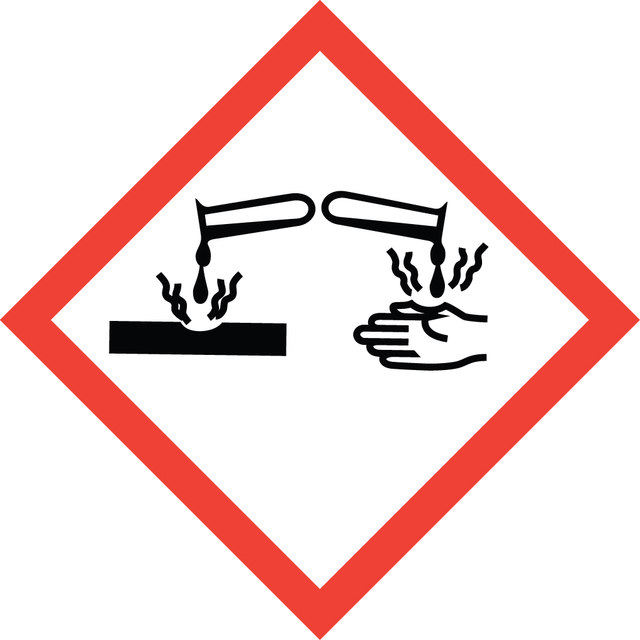Select a Size
About This Item
vapor pressure
0.04 mmHg ( 20 °C)
Quality Level
Assay
≥99.0% (HPLC)
form
liquid
autoignition temp.
662 °F
refractive index
n20/D 1.492 (lit.)
n20/D 1.493
bp
110-111 °C/15 mmHg (lit.)
mp
15-18 °C (lit.)
density
1.218 g/mL at 25 °C (lit.)
absorption
cut-off at 270 nm
SMILES string
OC(=O)CCS
InChI
1S/C3H6O2S/c4-3(5)1-2-6/h6H,1-2H2,(H,4,5)
InChI key
DKIDEFUBRARXTE-UHFFFAOYSA-N
Looking for similar products? Visit Product Comparison Guide
Related Categories
Application
Other Notes
Signal Word
Danger
Hazard Statements
Precautionary Statements
Hazard Classifications
Acute Tox. 3 Oral - Acute Tox. 4 Inhalation - Eye Dam. 1 - Met. Corr. 1 - Skin Corr. 1B
Storage Class Code
6.1A - Combustible acute toxic Cat. 1 and 2 / very toxic hazardous materials
WGK
WGK 1
Flash Point(F)
200.1 °F - closed cup
Flash Point(C)
93.4 °C - closed cup
Personal Protective Equipment
Choose from one of the most recent versions:
Already Own This Product?
Find documentation for the products that you have recently purchased in the Document Library.
Our team of scientists has experience in all areas of research including Life Science, Material Science, Chemical Synthesis, Chromatography, Analytical and many others.
Contact Technical Service
